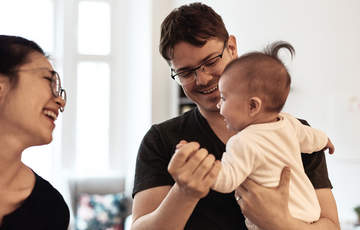
Knee surgery is starting to be robotised
Publié il y a 7 mois
05.06.2025
Partager
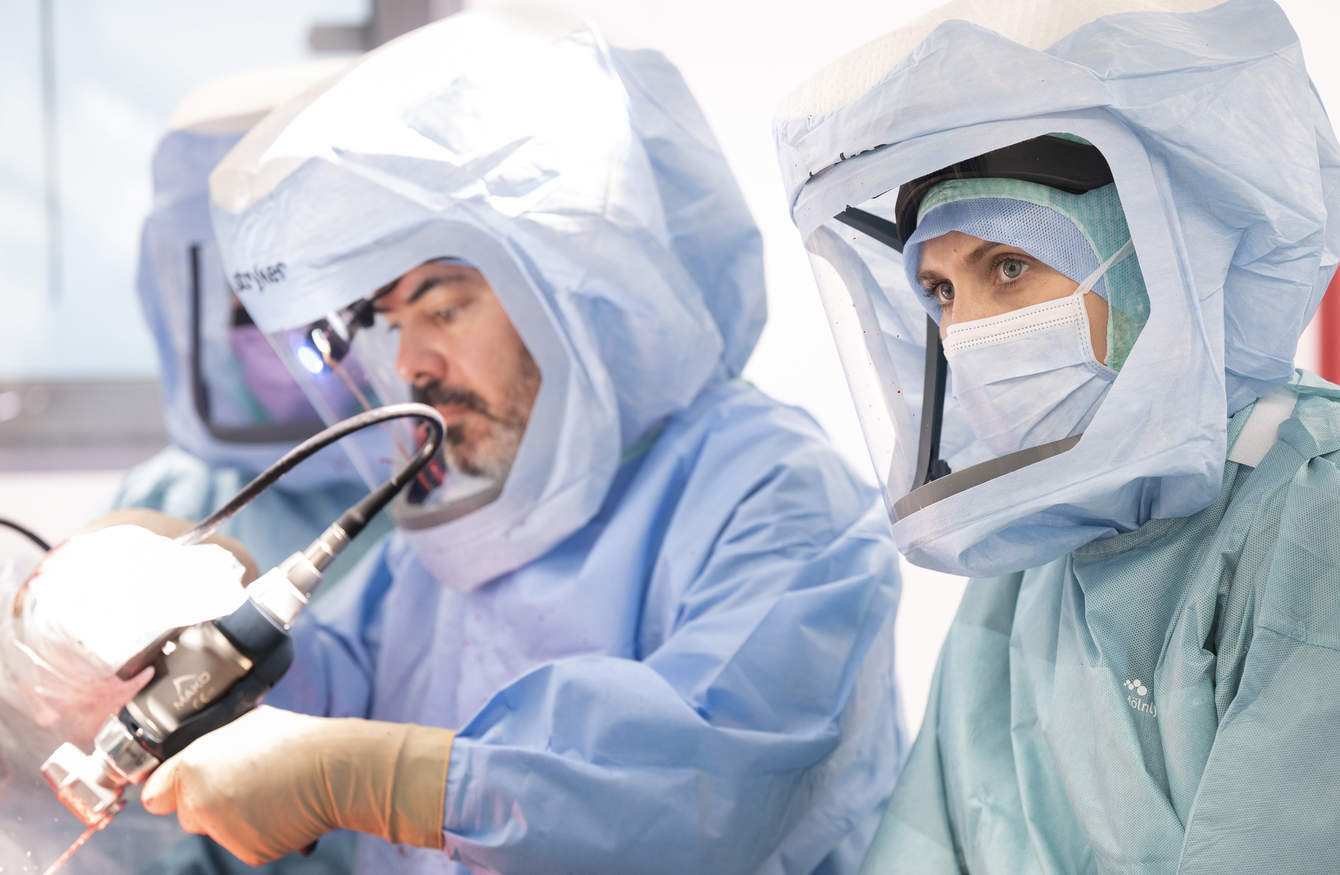
By 2060, the number of knee prostheses operations could increase by a factor of 4 or even 5, according to international projections. At issue: earlier wear and tear on joints, related in particular to being overweight, certain sports injuries, but also ever-higher expectations regarding mobility. “Today, people in their 40s are undergoing operations, whereas 25 years ago, this age was still considered too young for a prosthesis”, observes Julien Wegrzyn, head of the Department of Orthopaedic Surgery and Traumatology at CHUV ad interim and associate professor at the University of Lausanne. “And we also operate on people aged 85 or 90 who want to carry on travelling, walking, moving. There is a steady increase in functional requirements. We want to do more for longer.”
Faced with this evolution, the CHUV is now equipped with MAKO, a robotised surgical assistance arm that has been in operation since December 2024. The robotic arm does not replace the surgeon’s hand. It extends it by guiding the bone-cutting gestures necessary for fitting a prosthesis. “It’s like an autopilot in a plane. There is a flight plan, and the pilot stays in the driving seat,” explains Julien Wegrzyn.
A meticulous operation
Before each operation, everything is planned down to the last detail. Using a 3D scan of the knee, Marie Matos, a biomedical engineer, prepares an initial plan with the surgeons. "This step allows us to anticipate the size of the implants and the course of the intervention," says the specialist. It is a real virtual surgery that anticipates all potential difficulties in advance. “On the day, I check that the robot is properly calibrated, that its sensors are working, and I help it to situate itself in the room relative to the camera. It must know where it is before we can show it where the patient’s knee is.”
Once the robot is ready and the person being operated on is on the operating table, the surgeons come in. The plan put together from the scanner is adjusted in real time, based on the body’s reality, such as ligament tension, mobility, or even flexibility. “We project the ideal, then we adapt to the living”, summarises Julien Wegrzyn. Guided by the pre-established plan, the robot assists the surgeon’s hand to remove the damaged part of the bone and prepare the joint to receive the prosthesis. The gesture is accurate to a tenth of a millimetre, and it is supervised: if the instrument approaches a sensitive area like a nerve, a muscle or a vessel, the robotic arm stops itself. This integrated safety has a name: "haptic" technology, which functions as an invisible barrier that the robot cannot cross.
A powerful learning tool
For Julien Wegrzyn, this technology not only transforms gestures but also changes how we teach. “We save time, we gain peace of mind. And for young surgeons, it is an extremely powerful training tool. They no longer learn only to reproduce a gesture but to think through each step, to plan an operation in detail: from the size of the prosthesis, the angle of the cuts, to the tension of the ligaments.”
At CHUV, this precision is also a guarantee of safety. “With conventional instruments, positioning errors can occur in 10 to 30% of cases, due to vibrations, induced by the oscillating saw during its passage through the bone cut guides, or to mechanical limits. Now, we are in the sub-millimetre range.” The result? Lighter gestures, less pain, less bleeding, and often a faster recovery. This precision also relies on constant monitoring behind the scenes. Marie Matos, biomedical engineer, assists with each intervention. She monitors the proper functioning of the robot and intervenes in case of unforeseen events. "It’s like a computer: it may have a small bug. It’s very rare, but when it happens, I’m here.”
A technology of the future
After nearly a thousand operations, she remains impressed. “In some very complex cases, when we see the result, I think that this technology is incredible”. Julien Wegrzyn shares her enthusiasm. “We have reached a level of precision and customisation that we would not have imagined ten years ago.”
By 2027, MAKO could also be used to install shoulder implants in Europe, an application already used in the United States. In Australia, a third of orthopaedic interventions are already robot-assisted. In Europe, the cost remains an obstacle, but uses are progressing. “It’s like the GPS in a car”, compares Julien Wegrzyn. At first, we thought it was a gadget. Today, no one wants to do without it.”


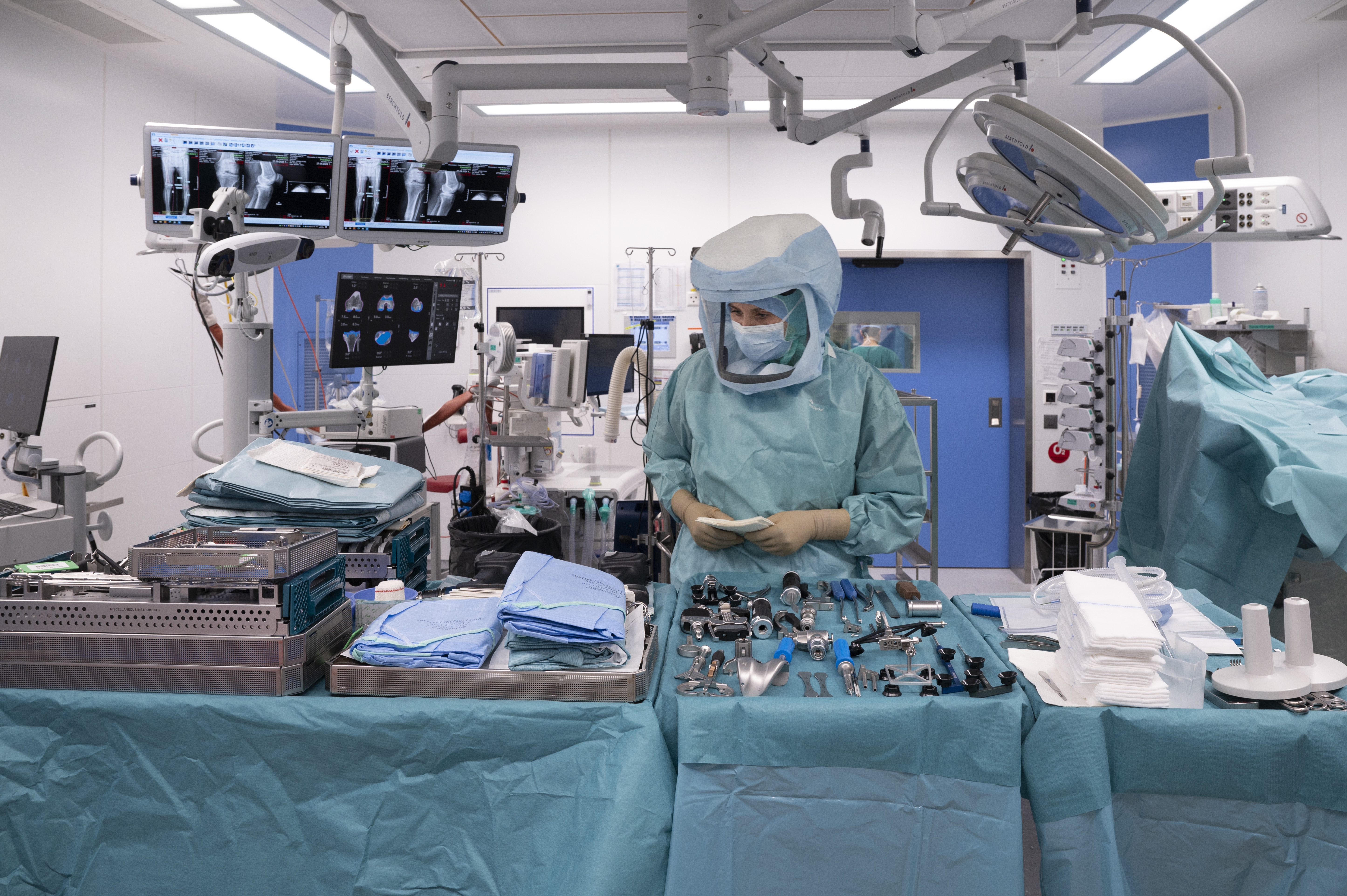
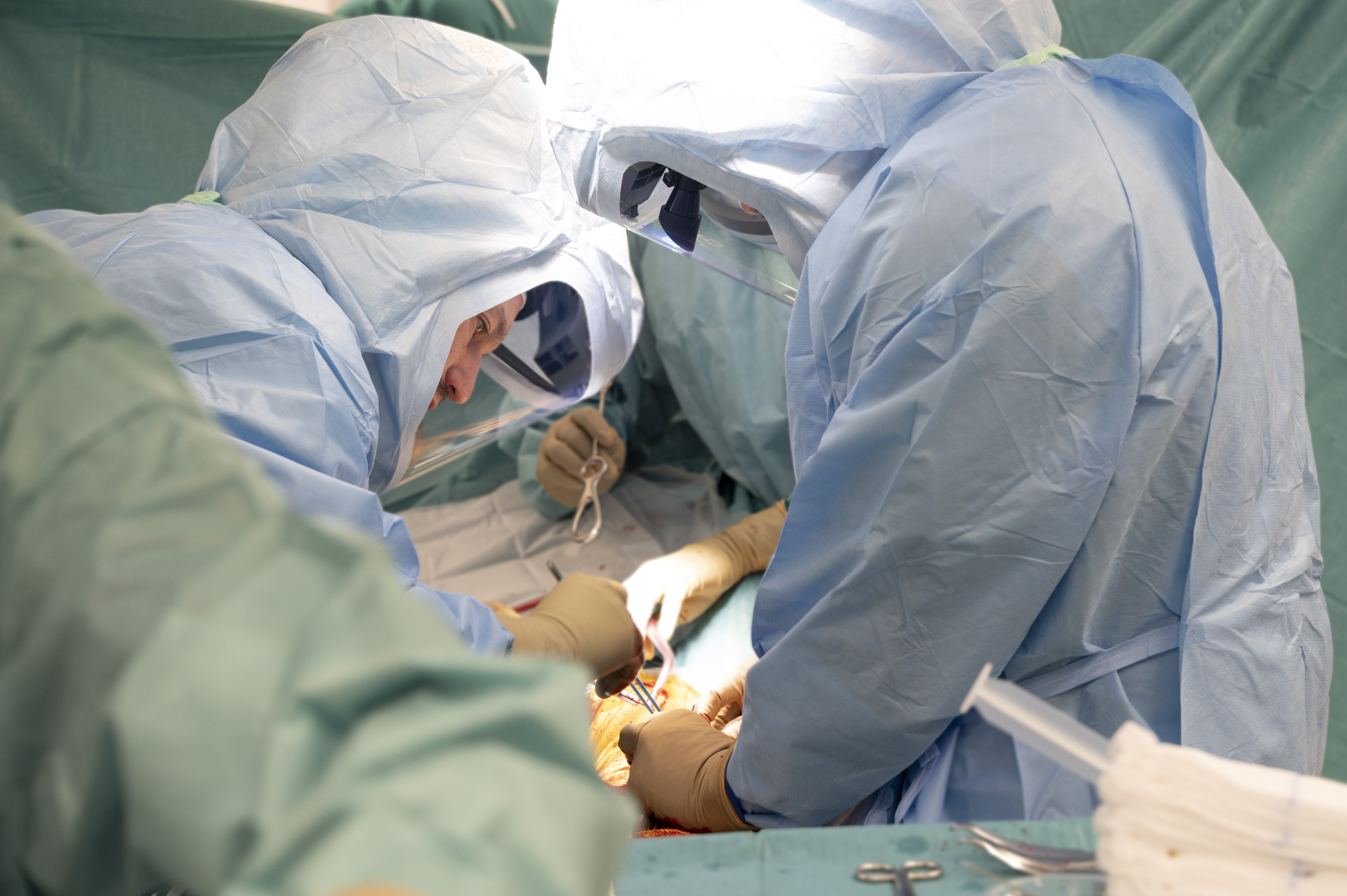
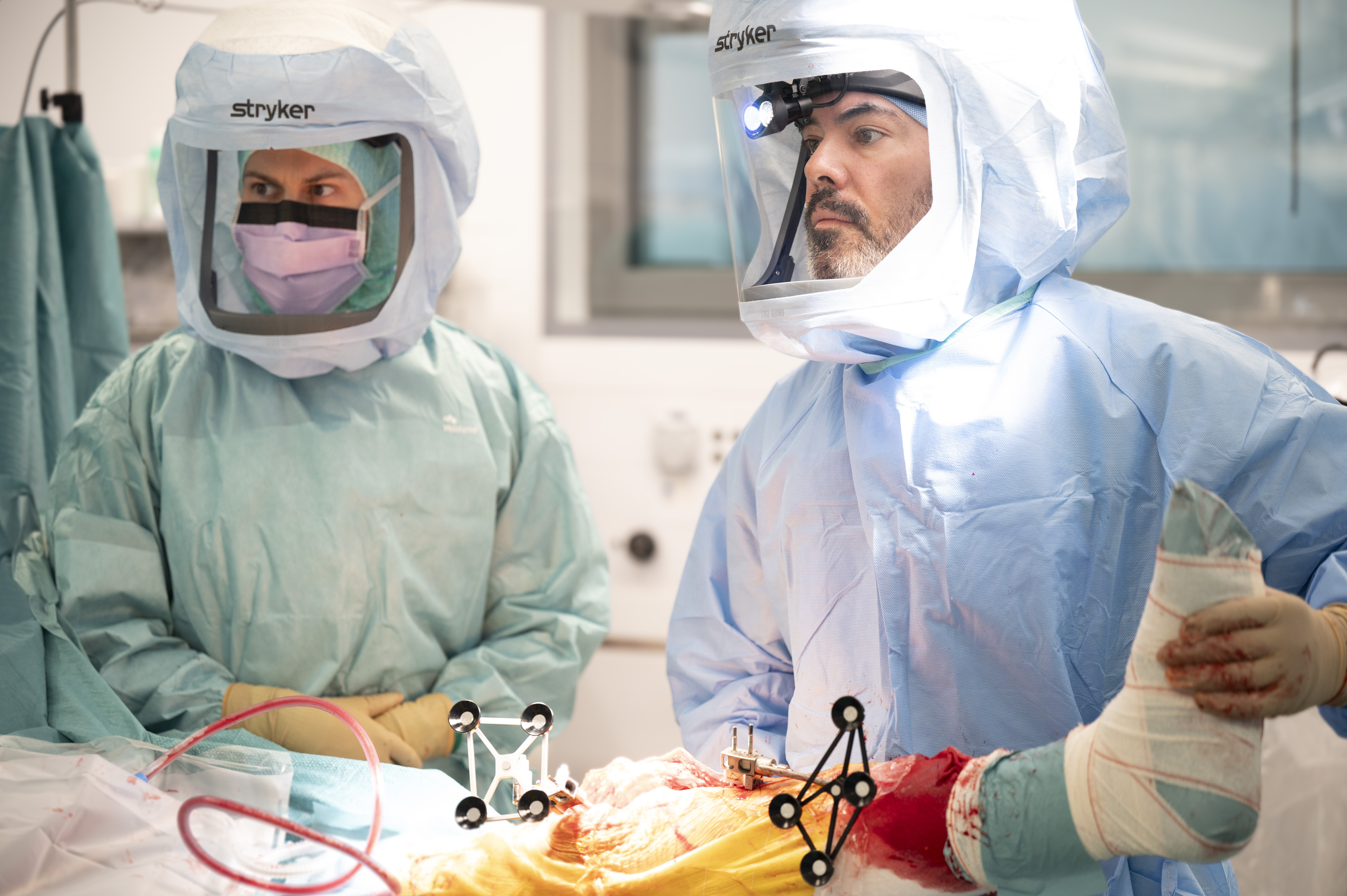
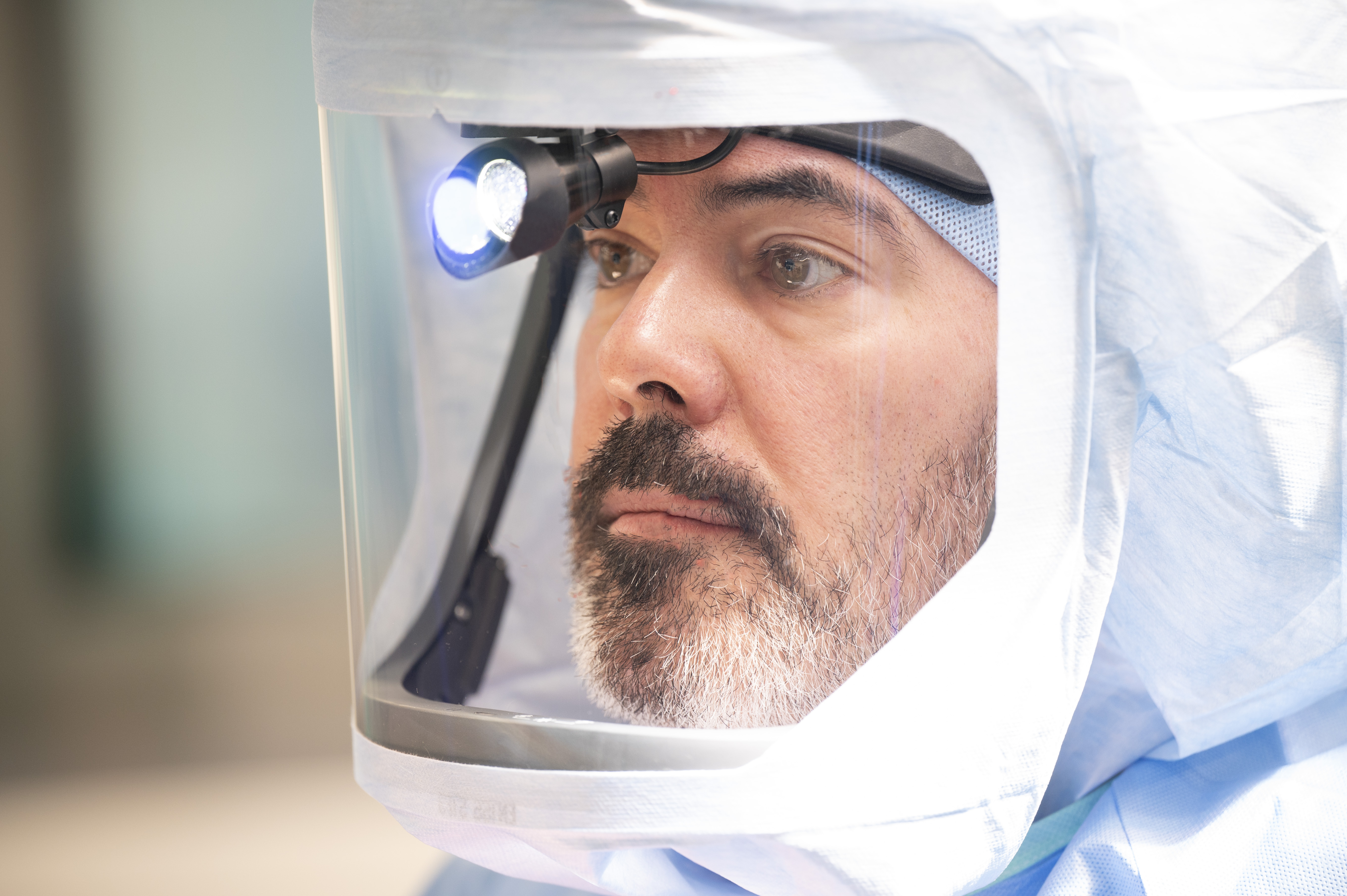

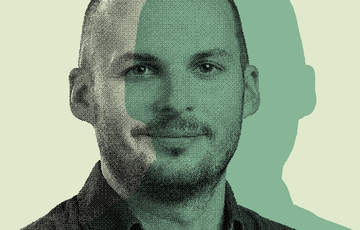
![[Translate to Anglais:] CRÉDIT: Gilles Weber](https://www.invivomagazine.ch/fileadmin/_processed_/1/a/csm_54621_25_DAL_Robot_MAKO_3930_af7417e685.jpg)